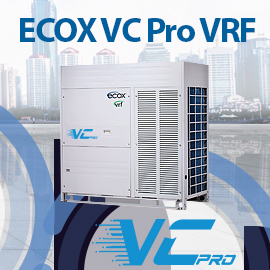
The Technical Side of Portable Air Conditioning: Understanding the Science Behind the Cool
For many people, portable air conditioning units are a life-saver during the hot summer months.
These units provide a quick and easy way to cool down any room, making them a popular choice for those who don't want to install a permanent air conditioning system.
But have you ever wondered how these portable units work?
In this blog, we'll take a closer look at the technical side of portable air conditioning and explain the science behind the cool.
Portable Air Conditioning
Portable air conditioning units are designed to cool a specific area, generally a single room. They work by removing warm air from the room, cooling it, and then returning the cool air back into the space.
This happens through a process called refrigeration, which is facilitated by a few key components.
The Evaporator
The first component of a portable air conditioning unit is the evaporator.
This is where the warm air from the room is drawn in, and it's where the cooling process begins.
The evaporator contains a refrigerant, which is a special chemical that changes state from a liquid to a gas as it absorbs heat.
When warm air is blown over the evaporator, the refrigerant absorbs the heat from the air, causing it to turn into a gas.
The compressor
The second component of a portable air conditioner is the compressor.
This is where the refrigerant is compressed, causing it to become even hotter.
The Condenser
Once it's been compressed, the refrigerant moves to the third component, the condenser.
This is where the heat from the refrigerant is transferred to the outside air.
The Fan
The last component of a portable air conditioning unit is the fan. This is what blows the cool air back into the room.
As the refrigerant moves through the system, it continuously absorbs heat from the warm air and releases it to the outside.
This process keeps repeating itself until the desired temperature is reached.
Condensation
One thing to note about portable air conditioning units is that they produce condensation as they cool the air.
This is a natural byproduct of the cooling process. The condensation is collected in a tray or a tank within the unit, which must be emptied periodically.
Some newer models include a self-evaporating feature, which eliminates the need for manual emptying.
Understanding the technical side of portable air conditioning units can help you choose the right one for your needs and troubleshoot any issues that may arise.
These units use refrigeration to cool the air, with the evaporator, compressor, condenser, and fan all playing important roles in the cooling process.
As long as you keep the condensation tray or tank emptied and ensure proper ventilation, your portable air conditioning unit will keep you cool and comfortable all summer long.


